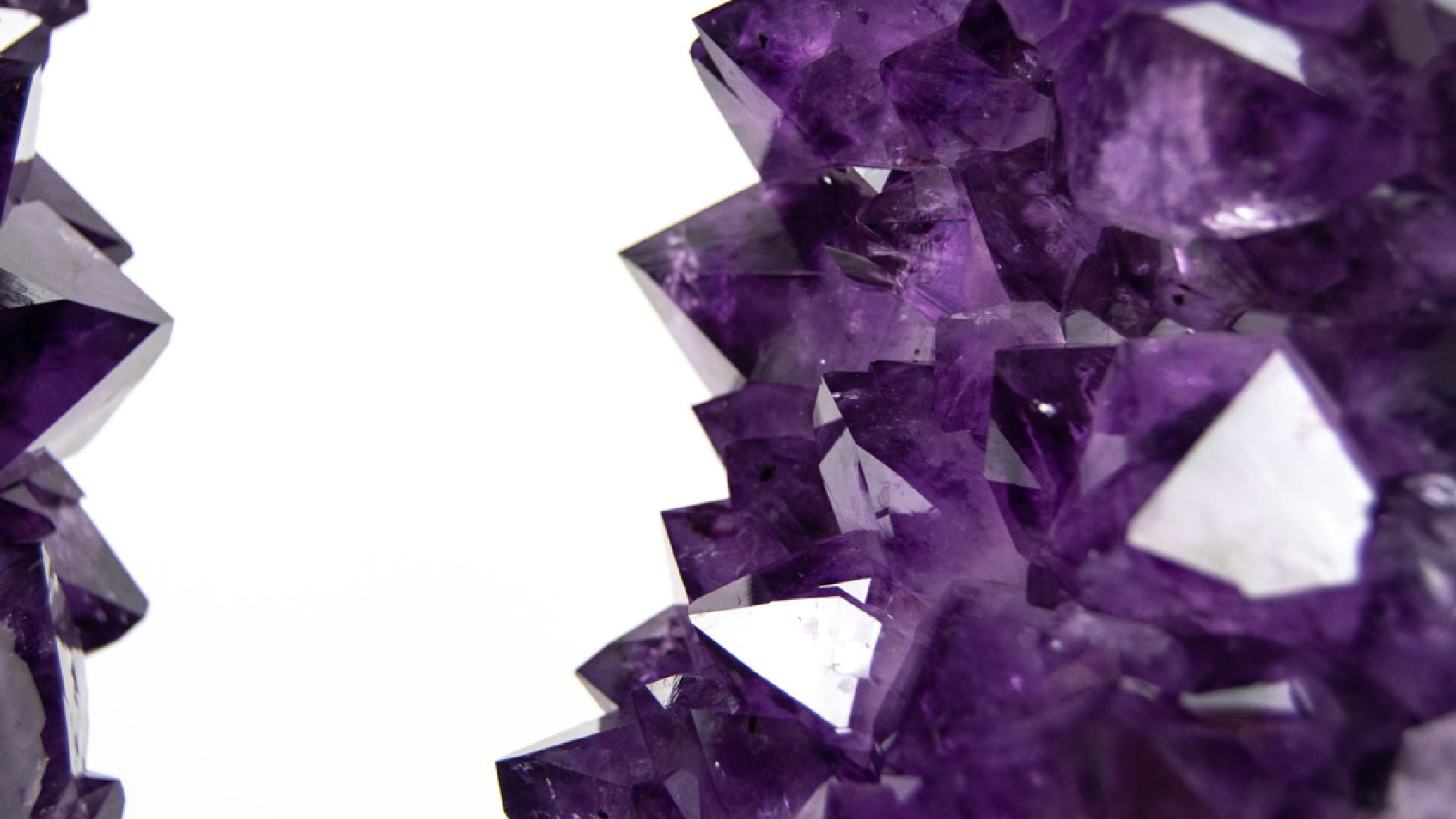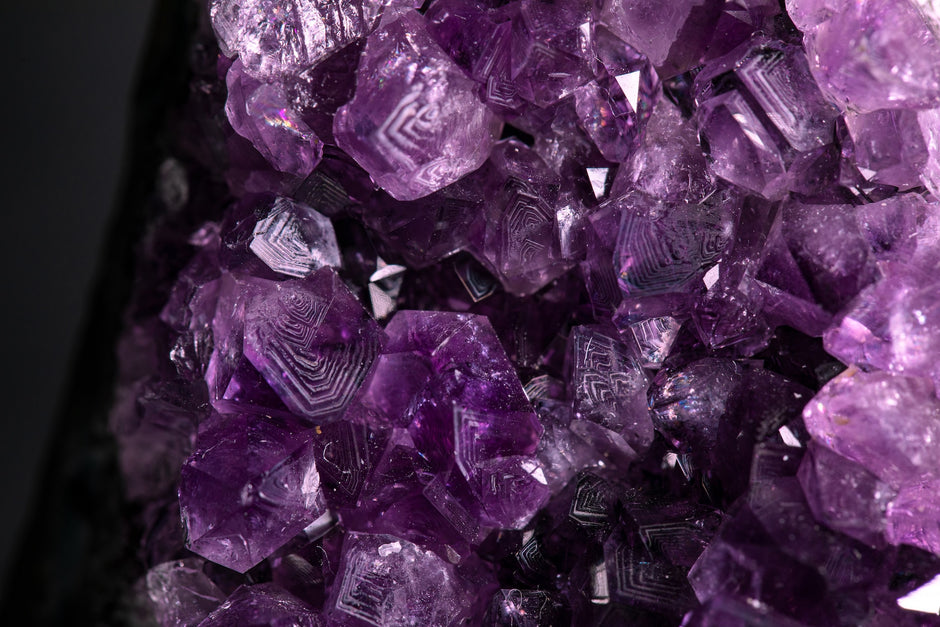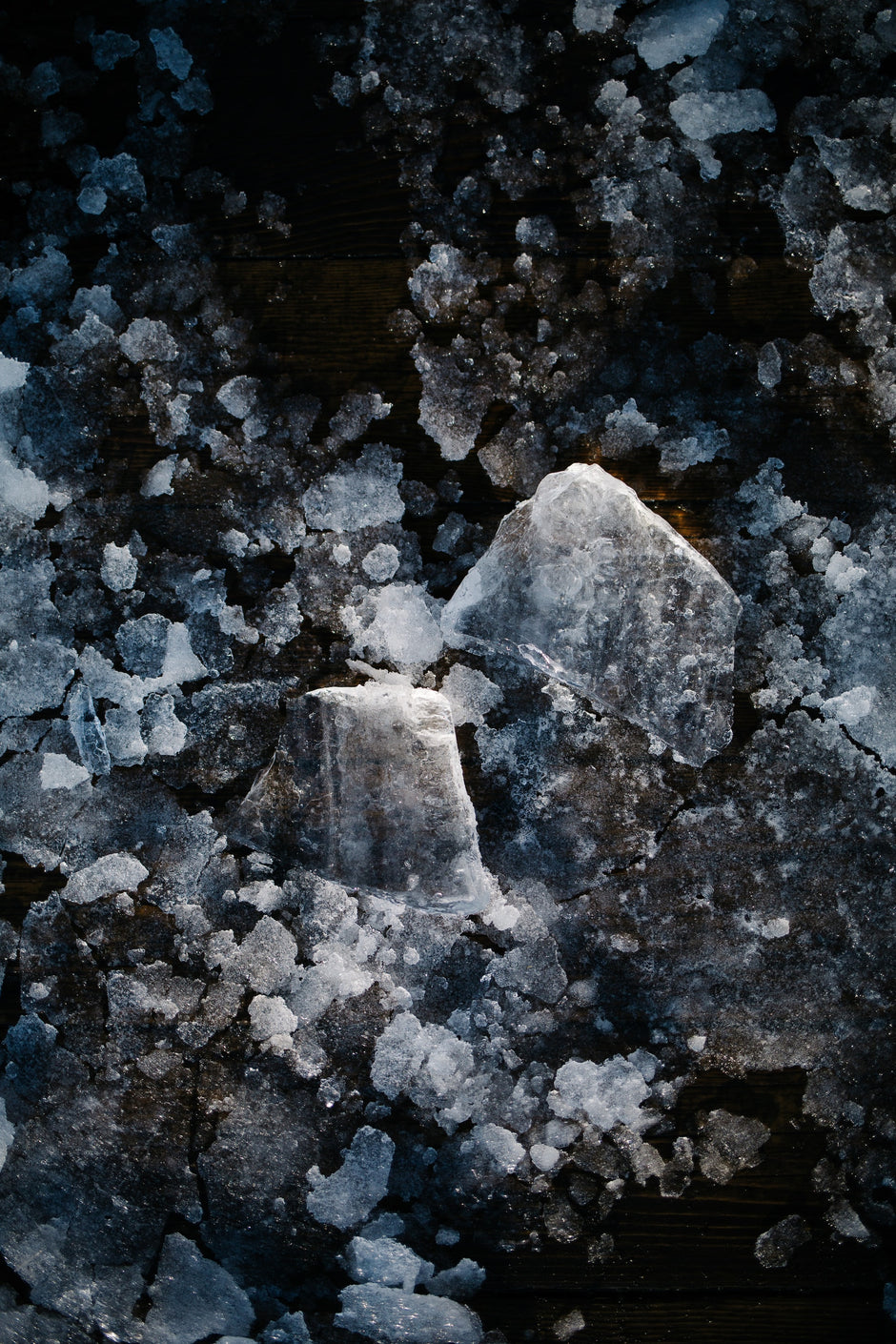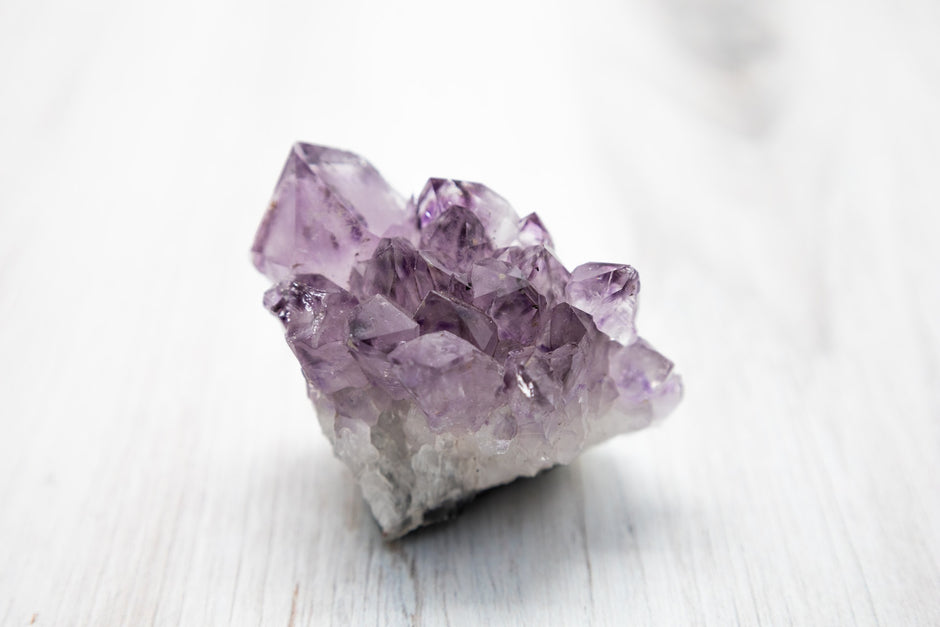Ever wondered how your favorite gemstones are extracted from the Earth? The quality and value of these natural treasures are significantly influenced by the mining techniques used. In this article, we'll explore various methods of gemstone mining, their impact on the quality of the stones, and the importance of ethical practices. Let's dive in!
The History of Gemstone Mining
Ancient Methods: Early Civilizations and Their Approaches to Mining
The allure of gemstones isn't a modern phenomenon; it dates back to ancient times. Imagine a world without the advanced machinery we have today. How did our ancestors manage to unearth these precious stones? The answer lies in ancient mining techniques.
In the days of yore, people relied on simple tools like hammers, chisels, and picks to extract gemstones. They identified promising sites by observing surface-level indicators, such as exposed mineral veins or water-worn pebbles with traces of valuable material. Once a site was chosen, miners would dig shallow pits or tunnels by hand, a labor-intensive and time-consuming process.
The Egyptians, for example, were pioneers in Ancient Mining. They were among the first to mine turquoise and other semi-precious stones in the Sinai Peninsula. Similarly, the Romans employed Historical Techniques like hydraulic mining, where water eroded soil and exposed valuable minerals.
Evolution Over Time: How Methods Have Improved or Changed
Fast forward to today, and you'll find that the gemstone mining landscape has undergone a radical transformation, thanks to Technological Advancements. Gone are the days of manual labor and rudimentary tools. Modern mining employs a range of sophisticated machinery, from pneumatic drills to hydraulic shovels, which make the extraction process more efficient and less harmful to the environment.
But it's not just about the machinery. The Evolution of Mining has also brought about safer and more ethical practices. Advanced geological surveys now enable miners to pinpoint the exact location of gemstone deposits, reducing the need for exploratory excavation and its associated environmental impact.
Moreover, technology has enabled the development of sustainable mining methods that prioritize not just the extraction of the gemstone but also the well-being of the surrounding ecosystem and communities.
The Science Behind Gemstone Formation
Geological Processes: How Gemstones Are Formed Naturally
Ever wondered how a piece of carbon turns into a dazzling diamond or how a simple mineral becomes a mesmerizing amethyst? The answer lies in Geology and Gemstone Formation.
Gemstones are formed deep within the Earth's crust under varying pressure, temperature, and chemical composition conditions. For instance, diamonds are formed under extreme pressure and heat about 100 miles below the Earth's surface. Over millions of years, volcanic eruptions can bring these gemstones closer to the surface, where they can be mined.
Other gemstones like emeralds and sapphires are formed through a process called "metamorphism," where existing minerals are subjected to high pressure and temperature, altering their structure and appearance.
Regional Variability: How Geography Affects the Types of Gemstones Found
You might be thinking, "Can I find any gemstone anywhere?" Well, not exactly. The Gemstone Geography of a region often dictates the types of gemstones you can find. Different parts of the world offer different regional variants of gemstones due to the unique geological conditions present in those areas.
For example, while Africa is rich in diamonds and tanzanite, South America is known for its emeralds. Australia is famous for its opals, and Sri Lanka is a treasure trove of sapphires. These regional differences are not just a matter of chance; they directly result from the geological processes that have shaped each area over millions of years.
So, the next time you marvel at a beautiful gemstone, remember that its journey began long before it caught your eye—deep within the Earth, shaped by the unique geological conditions of its home region.
Popular Gemstones and Their Mining Locations
Precious Stones: Diamonds, Rubies, Sapphires, Emeralds
When it comes to gemstones that make your heart skip a beat, nothing quite compares to the "Big Four"—Diamonds, Rubies, Sapphires, and Emeralds. But where do these dazzling stones come from?
- Diamonds: Primarily mined in Botswana, Russia, and Canada. The mining process often involves either open-pit or underground methods.
- Rubies: Mostly found in Myanmar, Thailand, and Madagascar. Artisanal mining and small-scale operations are common here.
- Sapphires: Sri Lanka, Madagascar, and Australia are the go-to places. Alluvial mining, where gems are extracted from riverbeds, is a common technique.
- Emeralds: Colombia and Zambia are the key players. Tunneling is often used to reach the emerald deposits.
Semi-Precious Stones: Amethyst, Topaz, Opal, Quartz
While they may not command the sky-high prices of their precious counterparts, semi-precious stones like Amethyst, Topaz, Opal, and Citrine are no less captivating.
- Amethyst: Primarily found in Brazil and Uruguay. Open-pit mining is the most common method.
- Topaz: Mined extensively in Brazil, Nigeria, and Australia. Both open-pit and underground mining are used.
- Opal: Australia is the world leader. Miners often use a method called "noodling," sifting through leftover earth to find these gems.
- Citrine: Found worldwide but notably in Brazil and the United States. Hard-rock mining is often employed.
Pre-Mining Preparations
Geological Surveys: Importance of Understanding the Geological Makeup of the Area
Before a single shovel hits the ground or a drill pierces the earth, there's a lot of homework to be done. And it starts with geological surveys. Think of it as the "X-ray" of the land, giving miners crucial insights into what lies beneath the surface.
Understanding the geological makeup of an area is not just a scientific curiosity; it's a necessity. These surveys help miners identify the types of gemstones they're likely to find and the best methods for extraction. Modern techniques like seismic surveys, soil sampling, and satellite imaging provide a detailed look at the mineral composition, fault lines, and other geological features. This information is invaluable for both maximizing efficiency and minimizing environmental impact.
Legal Considerations: Acquiring Mining Permits and Respecting Local Laws
You might be thinking, "I've got the geological data; let's start mining!" Hold your horses! Before any mining can commence, there's a labyrinth of legal considerations to navigate.
First and foremost, you'll need a mining permit. This isn't just a bureaucratic hoop to jump through; it's a safeguard to ensure that mining activities are conducted responsibly and sustainably. The permit process often involves environmental impact assessments, community consultations, and a detailed review of the mining plan.
But the legal landscape doesn't stop at permits. Miners must also adhere to a host of local, national, and sometimes even international laws governing land use, labor practices, and environmental protection. Failure to comply can result in hefty fines, legal action, and even the revocation of mining permits.
So, while the gemstones are the end goal, the journey there is paved with geological and legal diligence.
Popular Gemstone Mining Techniques
Open-Pit Mining: Process and Machinery Involved
Open-pit mining is like the blockbuster of mining techniques—it's big, it's noticeable, and it's often the first thing that comes to mind when you think of mining. The process involves removing large quantities of soil and rock to reach the gemstone deposits below.
Machinery Involved: Think heavy-duty—bulldozers, hydraulic shovels, and dump trucks are the stars of the show here.
Pros:
- Efficient for shallow deposits
- Economically viable
- Easier to manage safety
Cons:
- Significant environmental impact
- High operational costs
- Not suitable for deep deposits
Underground Mining: Process and Machinery Involved
Underground mining is the covert operation of the mining world—less visible but often more targeted and specialized.
Machinery Involved: Drilling jumbos, haulage trucks, and LHD (Load-Haul-Dump) machines are commonly used.
Pros:
- Less environmental impact compared to open-pit mining
- Suitable for deep deposits
- Lower visual impact
Cons:
- Higher safety risks
- More expensive
- Complex ventilation and drainage requirements
Alluvial Mining: Process and Machinery Involved
Alluvial mining is like the artisanal bread of gemstone mining—it often involves smaller operations focused on riverbeds and sediment.
Machinery Involved: Simpler tools like sieves and pans, as well as small suction dredges, are commonly used.
Pros:
- Lower environmental impact
- Lower operational costs
- Suitable for individual miners or small teams
Cons:
- Limited to specific geographical areas
- Lower yields
- Seasonal operations due to water flow
Marine Mining: Process and Machinery Involved
Marine mining is the final frontier, taking the quest for gemstones to the ocean floor.
Machinery Involved: Specialized ships with drilling platforms and remotely operated vehicles (ROVs) are used.
Pros:
- Access to untapped resources
- High-quality gemstones
- Lower land impact
Cons:
- Extremely high operational costs
- Complex legal considerations
- Potential harm to marine ecosystems
Ethical and Sustainable Mining
Environmental Impact: How Different Techniques Affect the Environment
When it comes to mining, the conversation is incomplete without addressing its environmental impact. Different mining techniques have varying degrees of influence on our planet, and it's crucial to understand these nuances.
For example, open-pit mining, while efficient, can lead to significant soil erosion and habitat loss. On the other hand, underground mining, although less visually disruptive, can result in groundwater contamination. Therefore, the choice of mining technique isn't just about what's most efficient; it's also about what's most responsible.
Fair Trade Gemstones: Importance of Ethical Sourcing
In today's world, the term "ethical" is not just a buzzword; it's a commitment. Ethical sourcing in the gemstone industry is gaining traction for good reasons. Fair Trade gemstones ensure that the miners are paid fair wages, work in safe conditions, and that the mining itself is conducted sustainably and responsibly.
When you opt for a Fair Trade gemstone, you're not just buying a piece of jewelry but also supporting an entire community and contributing to sustainable development. It's a win-win situation where you get a beautiful gemstone, and the people involved in its extraction are treated fairly and respectfully.
The Future of Gemstone Mining
Technological Innovations: What the Future Holds for Mining Techniques
The gemstone mining industry is on the brink of some exciting changes, thanks to technological innovations. From AI-driven machinery to real-time data analytics, the future promises more efficient and less invasive mining methods. These future trends are not just about boosting productivity but also about making the industry more sustainable.
Sustainable Practices: Future Trends in Making Gemstone Mining More Sustainable
Sustainability isn't just a buzzword; it's the future. As we look ahead, expect to see a greater focus on eco-friendly mining methods and waste management practices. The Future of Mining is leaning towards techniques that extract valuable gemstones and preserve the environment for future generations.
Conclusion
From the ancient methods that laid the foundation of gemstone mining to the cutting-edge technologies shaping its future, we've covered a lot of ground. We delved into the various types of gemstones and where they're commonly found, examined the pre-mining preparations like geological surveys and legal considerations, and explored popular mining techniques, each with its own set of pros and cons.
But why does all this matter to you? Well, the beauty of a gemstone isn't just skin-deep; it's a product of complex geological processes, intricate mining techniques, and ethical considerations. Understanding this journey adds another layer of appreciation when you gaze at that sparkling diamond or that vivid sapphire. It also empowers you to make informed decisions, whether you're buying a gemstone or simply admiring one.
So the next time you find yourself captivated by a gemstone's sparkle, remember that its true beauty lies not just in its appearance, but also in the fascinating journey it has taken from the depths of the Earth to the palm of your hand.











